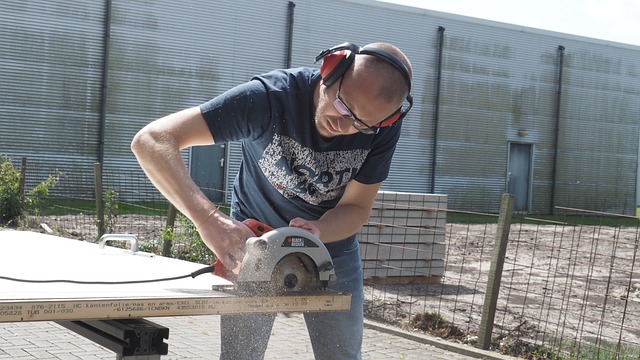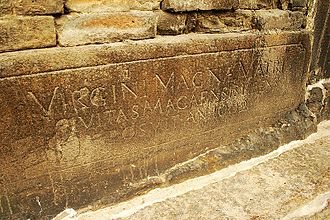There’s a Reason We Have Two Ears and One Mouth
Too often we think we know what some is saying without bothering to even listen. Good communication takes twice as much listening. This is why we have two ears and only one mouth.
We’ve seen a lot of miscommunication in Luke and Acts over the past several weeks as we’ve been going through these books. This was a problem between the Jewish leaders and Jesus then, and this is still a problem for many church leaders today.
A good example of how miscommunication can cause problems happened in Sunday School this past week. We were talking about the new book The Great Dechurching. Bradley Gamber has started reading it, and he described it as “wonky”.
I asked him what he meant by “wonky”. His definition of wonky is something that has a lot of detail and statistics.

I told him that’s not what wonky means to me. It means that something is out of whack, leaning, or crooked.
This led to quite the discussion about the word “wonky”, and we discovered that there were a variety of thoughts on this. I’m glad that I asked the question because otherwise I would have assumed that Bradley didn’t like the book, but this isn’t what he was saying.
What’s even more interesting is that after doing some research…both definitions are correct.
Wonky according to the Cambridge Dictionary means “knowing or showing that you know a lot of details about something, especially politics or science”. This sounds like the way Bradley was using the word.
Wonky also is defined as “askew, cockeyed, lopsided, rickety, shaky or wobbly”.
It’s no wonder that there’s such a problem with communication.
This brings me back to the Scripture in Acts 5-7 and Pastor Lisa’s message this week. The focus was on Stephen and his arrest and stoning. This story is full of miscommunication.
As followers of Jesus were gaining more and more popularity among the people, the Sadducees were becoming jealous and had some of them arrested. Then after the apostles were released by an angel, they went back to the temple and were teaching. Then the apostles were called before the council and again told to stop speaking about Jesus. (Acts 5:17-28)
Stephen was a man of great faith and was filled with the Holy Spirit. He was one of the men chosen by the apostles to help spread God’s message to many more people. (Act 6:1-7)
Then Stephen is arrested because there were men who started arguing with him and accusing him of saying terrible things against Moses and God. These lies turned more church leaders against Stephen. Stephen begins to give the church leaders a history lesson about Abraham, his descendants, Joesph, and Moses bringing the slaves out of Egypt. (Acts 7:1-47)
The church leaders didn’t like what Stephen was saying so they covered their ears and started shouting.
Doesn’t this sound like a child who’s not getting their way.

The members of the church council get so mad that they attack him, drag him out of the city, and stone him to death. In order to throw the stones, the men that brought the charges give their coats to Saul to take care of. (Acts 7:54-58)
Check back next week to see what becomes of Saul, the coat keeper.

As Stephen is dying, he calls out to Jesus to welcome him home and asks Him to not blame the men throwing the stones because they don’t know what they’re doing. (Act 7:59-60)
There was no question what Stephen was saying as he spoke to the leaders of the church. He didn’t mince words, he said what he believed. This took boldness and courage in his willingness to stay true to what he believed.
We need to be willing to speak what we believe in love. We need to open our ears and listen. We need to discuss and learn.
Stephen was clear on what he believed and was willing to die for it.
A faith worth living for, is a faith worth dying for.
Are you clear about what you believe and is it a faith worth dying for?
On a side note – My amazing personal assistant, Dori, recently shared a link with me of Dr. Albert Mohler, President of The Southern Baptist Theological Seminary speaking at a recent chapel at Cedarville University. In addition to the great message presented by Dr. Mohler, I was impressed with the number of students and their focused intensity.
Maybe there is hope for the future of our country and our world.











































